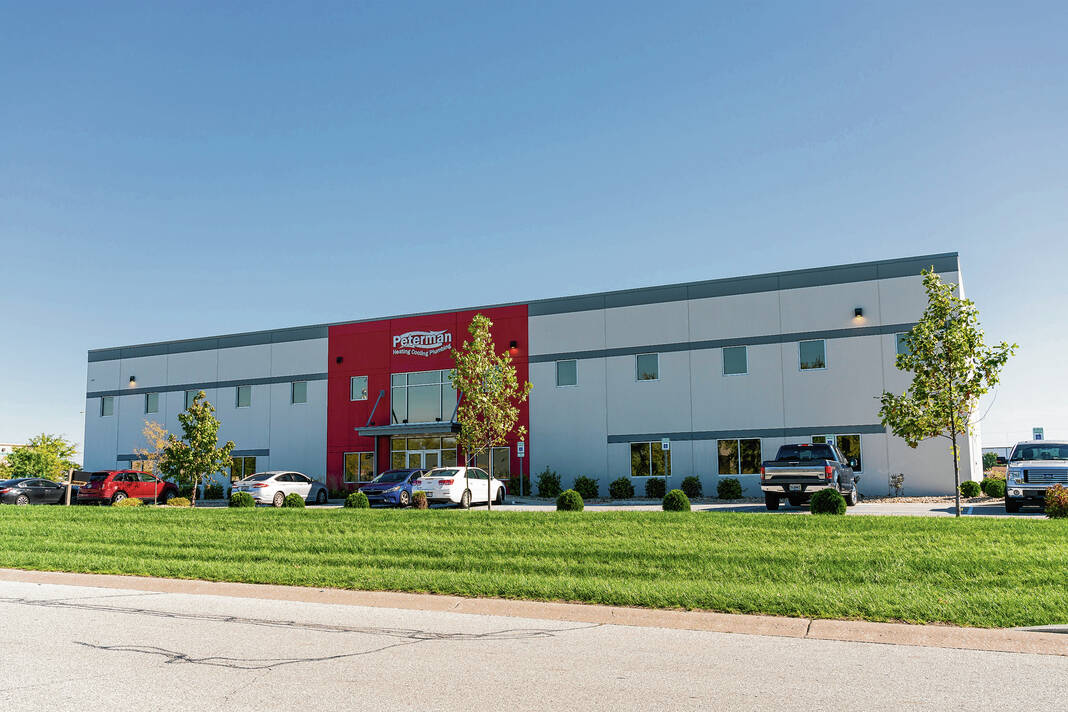Workers in nearly all of Indiana’s counties make less money than the national average wage, with Johnson County workers having an average wage of 67 cents for each dollar earned by their national counterparts, a recent analysis of employment data shows.
Rachel Blakeman, the director of the Community Research Institute of Purdue University Fort Wayne, recently analyzed the U.S. Bureau of Labor Statistics’ annual wage data and found that 91 of Indiana’s 92 counties made less than the $70,343 national average. Hoosier workers earn just 83.3 cents for each dollar compared to the national average, The Indiana Capital Chronicle reported.
The wage data is specifically related to private-sector employers, and it does not make any distinctions between full-time and part-time workers. It also does not show any demographic information about the workers, Blakeman told the Daily Journal.
“It is actually incredibly useful information and comprehensive because it’s essentially the data that’s used for the state’s unemployment insurance,” she said.
The analysis
Only one Indiana county managed to have an average wage that was more than the national average: Marion County. The county came had an annual average wage of $70,834 — $491 more than the national average, the analysis shows.
The increased wage is likely because of the “donut counties” — including Johnson County — as the data is attributed to where a person works, not where they live, Blakeman said.
“If you’ve got workers who are earning, who work in downtown Indianapolis and commute up from Johnson County, their wages are counted in Marion County,” he said.
Johnson County’s 2022 annual average wage was $47,105 — an increase of $1,864 from 2021 — but this is $23,238 lower than the U.S. average, and $20,924 lower than the state’s average. The annual average wage for Johnson County is 67% of the U.S. average and and 80.4% of Indiana’s average, according to the analysis.
Indiana’s average was $58,604, ranging from Marion County’s high to a low of $36,559 in Union County, the analysis shows.
Many counties did have faster wage growth than the national average — and several counties had faster job growth — but not enough to catch up.
Johnson County saw a 6.3% increase in the number of jobs in 2022 compared to 2021. Annual average employment was 54,526 in 2022, while in 2021 it was 51,281, the analysis shows.
The county’s 6.3% increase was faster than Indiana’s 3.9% and the nation’s 4.9%, Blakeman said.
This data does come with a caveat as it is only counting jobs, not workers. If one person holds two jobs, they’re counted twice in this data set, she said.
Blakeman has been looking at employment data since 2017, and over the years, Indiana has continued to lose ground on high average wages. In the past, there used to be multiple counties above the national average, but now it’s just one, she said.
“It wouldn’t be impossible to think that we are approaching the point where no county in Indiana will have average wages above the national average,” Blakeman said.
Blakeman says increasing hourly wages by a few dollars is not enough to address the issue, and officials should consider how to create more high-paying jobs. Officials are not going to be able to “leapfrog” their way toward raising the wages and making the state competitive again, she said.
Making progress
When taking into account wages from everyone in Johnson County, and not just those who work in the county, residents earn close to $56,000 to $57,000 per capita. Since 2016, the county’s wages have grown by about 23%, said Christian Maslowski, president and CEO of Aspire Johnson County.
“That is something that has been not just organic through inflation, and competition among businesses, but it’s been intentional,” he said.
Around 2020, Aspire developed a five-year economic strategy plan to chart forward the county’s future goals. The first driver was to create more jobs in advanced industry sectors — such as life sciences, utilities advanced manufacturing — and the second was to increase the average wage of all jobs in the county by 15% by 2025, Maslowski said.
The county’s base wage in 2020 was $19.23, and now it’s at $21.50 — an increase of about 11% — with two years to go until 2025, he said.
“We are making progress in Johnson County in growing the average wage of the jobs available,” Maslowski said. “That is absolutely a priority for Aspire Johnson County.”
In Franklin, the wages have risen, especially more in some areas compared to others. Some jobs that are in higher demand don’t have quite the number of employees they need, so they have increased wages to combat this, said Dana Monson, the city’s community development specialist.
As part of the city’s annual tax abatement compliance process, companies who received an abatement are required to complete a report. The companies have all raised their wages anywhere from $1 to $8 an hour more in an effort to retain and attract employees, Monson said.
“They’re really holding onto that,” she said.
But the rates are still not going at the same pace as the rest of the country, she said.
“That’s kind of a hard comparison sometimes, when you look at the entire country because there are so many radical differences between states, between cities between rural and urban areas and things like that,” Monson said.
Monson cited the cost of living as an example. A $500,000 house in Atlanta would potentially cost $350,000 here, and while the $350,000 price is still substantial, you’d have to have an even higher living wage in Atlanta to be able to afford it, she said.
Focus on higher-paying jobs
For Franklin’s economic development, the focus is on attracting and bringing in companies that are going to pay higher wages. City officials also want to encourage residents to get the skills they need in order to be able to have a higher wage, Monson said.
“If you want to get a higher wage, one way to definitely be able to do that is to improve your skill-set, and add onto your skill-set,” she said. “Bringing new more new skills to the table will help you in leveraging your wage.”
Officials want to encourage this and want to support institutions like Ivy Tech that are expanding offerings to help provide skills that are needed in the local job market, she said.
“It doesn’t have to be a four-year college. For some people, that’s the right spot. For other people, that is absolutely not,” Monson said. “They are much better, they would be happier, they fit better with a job that is a certificate only, or maybe a job that’s only an associate (degree) or maybe it’s a job that is a specific skill-set.”
More and more jobs are requiring certain skills, including those that are higher-paying, so people are going to need to have some kind of skill to get the higher wages they want. The desire for skills rises along with wages, she said.
“Someone that just graduates with a high school diploma or a GED and has no other skills, they’re going to definitely have a much more difficult time having a job that provides an above average wage,” Monson said.
For example, many of the jobs at the logistics facilities located along the Interstate 65 corridor in Franklin require having a certain skill set. The jobs at these warehouses are more than just someone moving a forklift from Point A to Point B, she said.
“Those jobs do require certain skills, and because those jobs are more than just a warehouse job, they’re paying a better wage than folks think,” Monson said.
Aspire officials are marketing to companies and industries that have desirable careers and well-paying jobs. They’ve also been working with the cities and towns that partner with them — Bargersville, Franklin, Greenwood and Whiteland — to make them attractive for these companies, Maslowski said.
“(The cities and towns) are very conscientious about the wages of the companies that are coming to our communities,” he said. “They are using wages as a very important component in determining public incentives. And in fact, (they) are doing quite a good job of being more strategic in aligning the best incentive offers with the company projects that pay the best.”
Aspire, along with city and town leaders, are “intently focused” on driving job creation that raises wages. They all want to improve the standard of living, along with income opportunities for residents, Masolowski said.
They also want to keep the talent in Johnson County.
“We want to keep our kids and our graduates here, so we want to create desirable job opportunities here at home,” Masolowski said.
Going forward
Monson says it will take a group effort to continue to keep the county’s wages rising. Cities and towns will need to continue to improve their quality of life, along with attracting and retaining higher-wage employers. Companies will need to work to retain their employees by addressing their needs, and employees will need to understand that it is worth going take a course in order to get a certification or new skill to move forward, Monson said.
“It’s a combination of all three. It’s not one entity that can completely change everything,” she said.
Aspire is continuing to reach out and connect with site selectors, brokers and companies that are interested in Johnson County and bringing jobs. As time goes on, Masolwoski expects the wages to continue to increase, he said.
“It’s our plan. It’s our goal,” he said.








